
surfresearch.com.au
kingsley : canoes, and fishing, guinea, 1899
kingsley : canoes, and fishing, guinea, 1899
| home | catalogue | history | references | appendix |
 |
surfresearch.com.au
kingsley : canoes, and fishing, guinea, 1899 |
Project
Gutenberg
http://www.gutenberg.org/files/38870/38870-h/38870-h.htm/
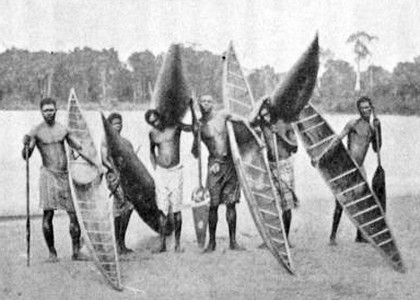
| Postcard: Les
Negres Autour du Paquebot. (The Negroes Around the Ship), Dakar, Senegal, 1904. 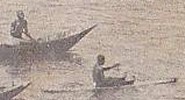 |
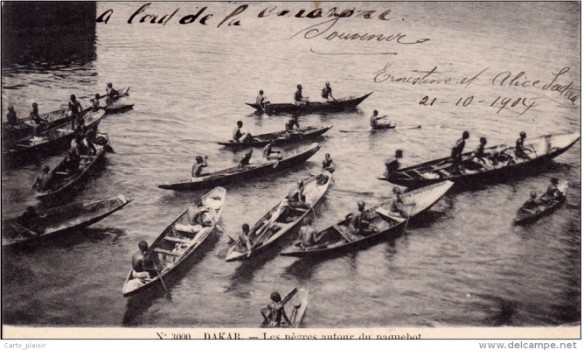 |
| Postcard:
Afrique Dahomey Kotonou Nègres
plongeant pour attraper des sous (Kotonou, Africa, Dahomey, Negroes plunging to catch on), c1914. 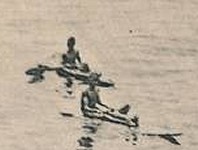 |
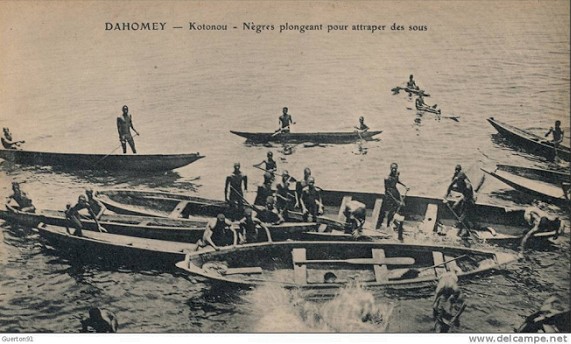 |
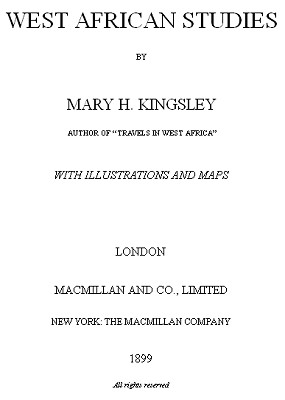 |
West African Studies McMillan and Company, London, 1899. Project
Gutenberg |

| home | catalogue | history | references | appendix |